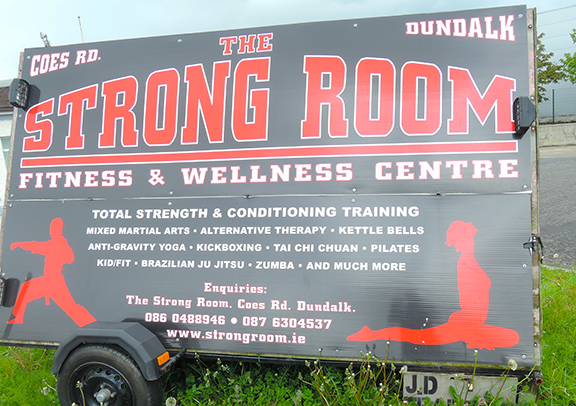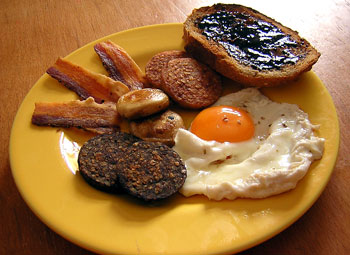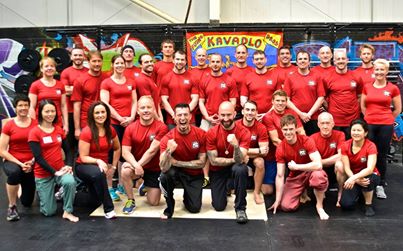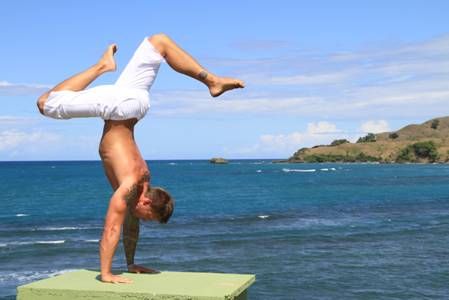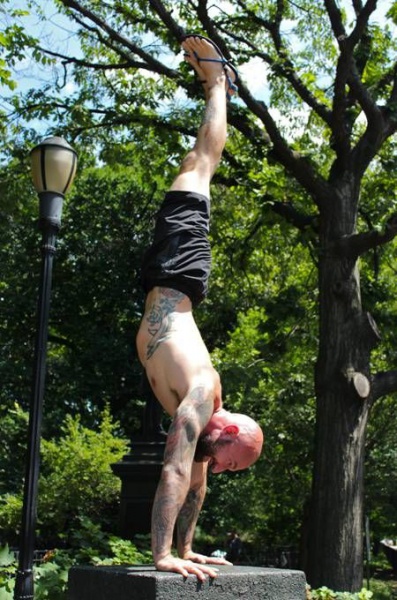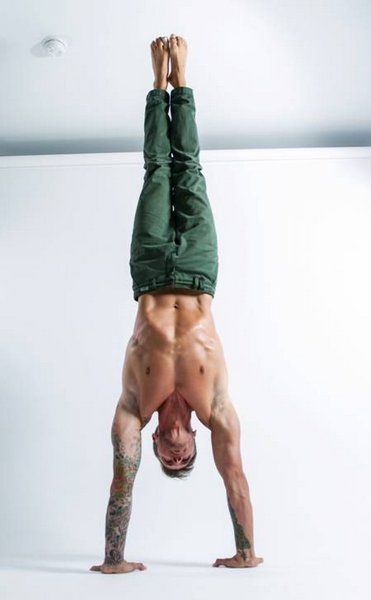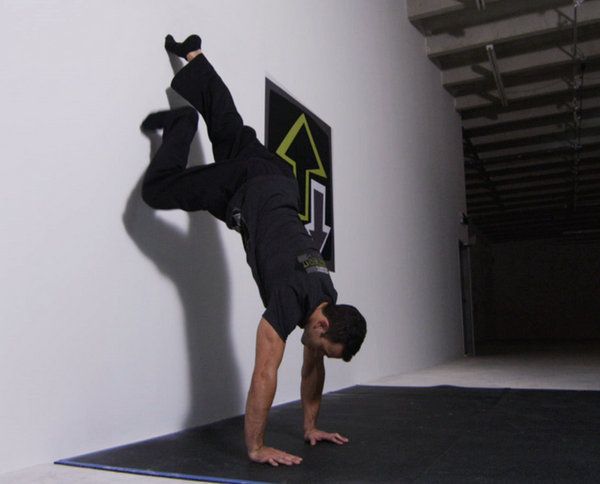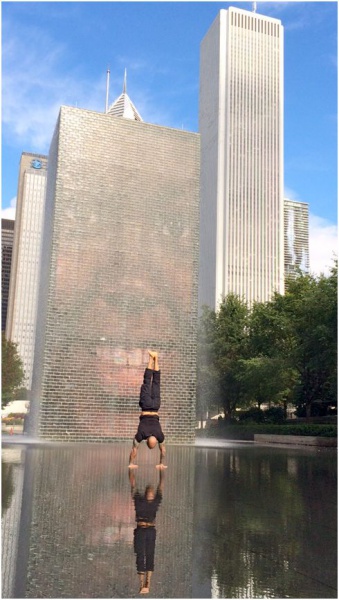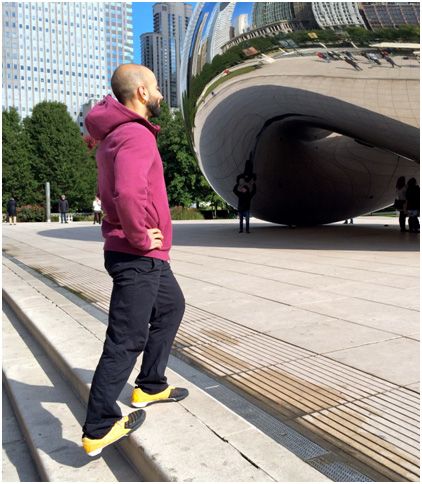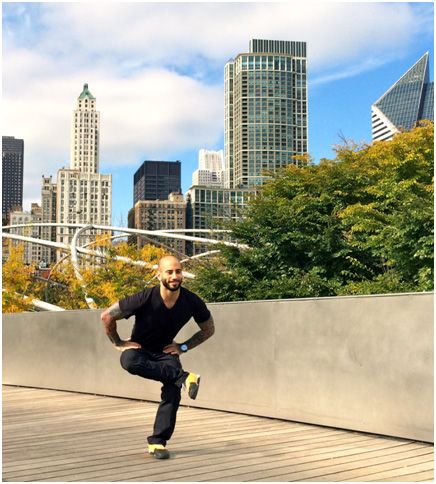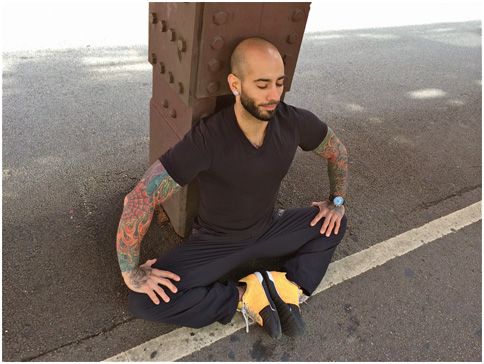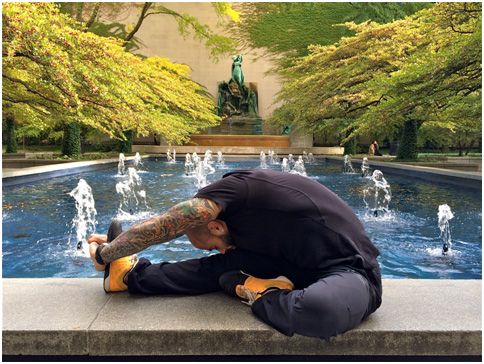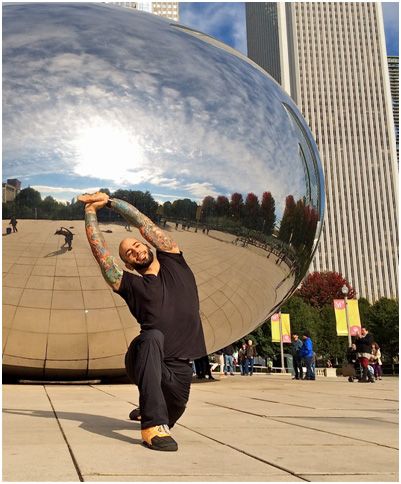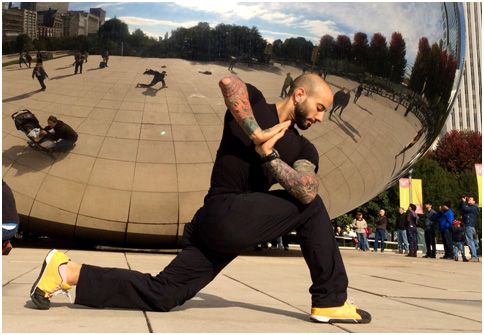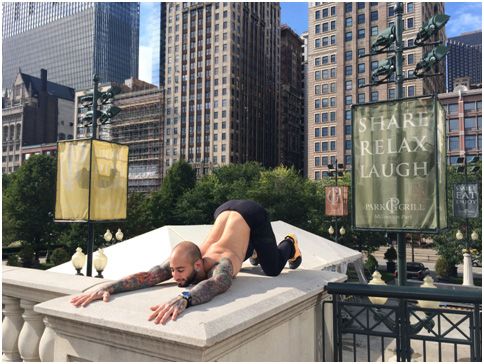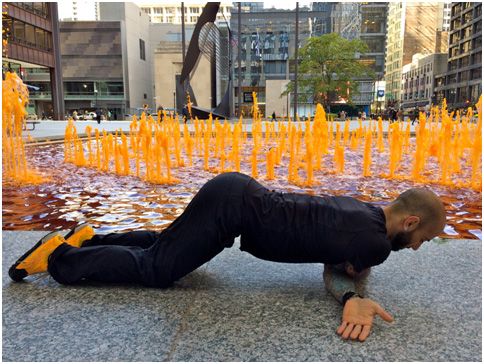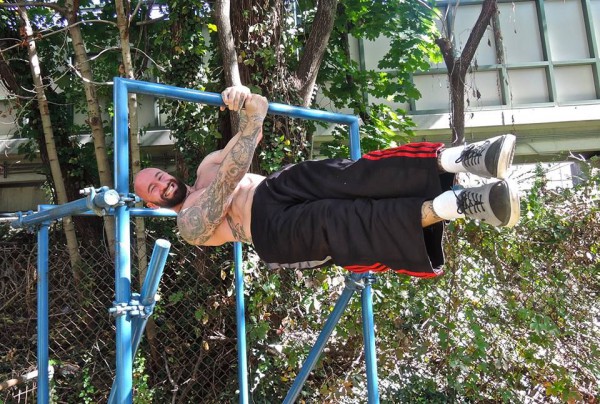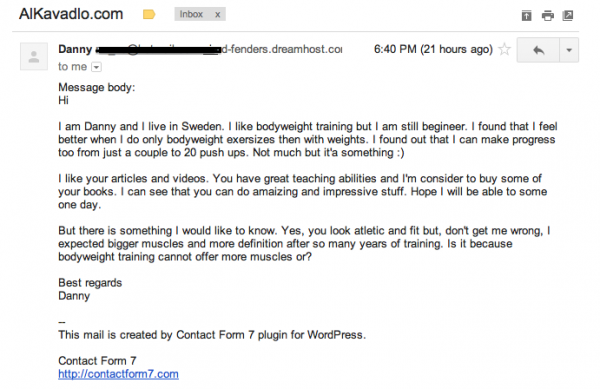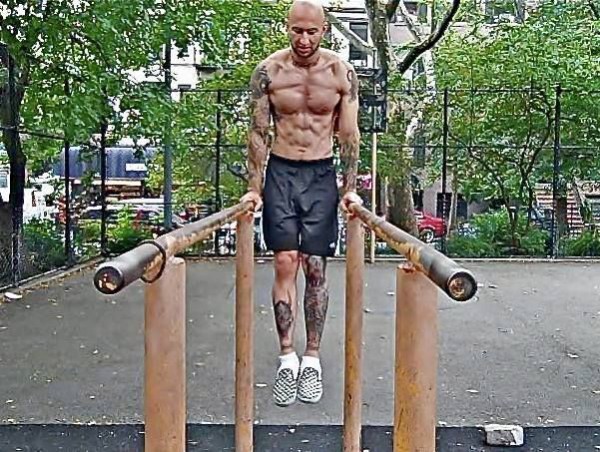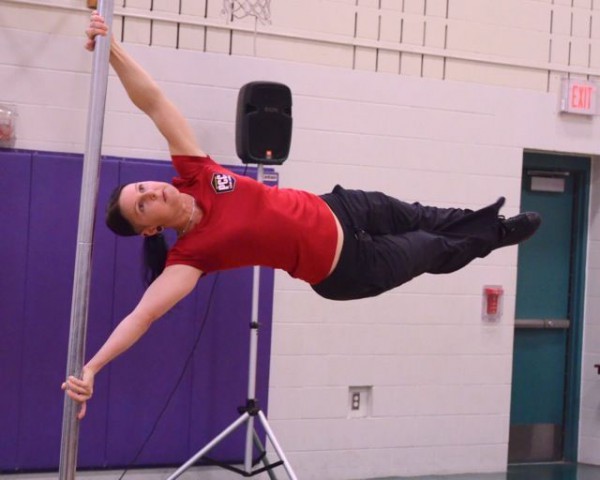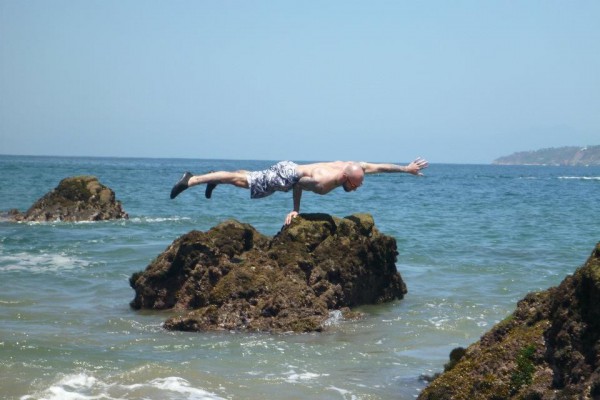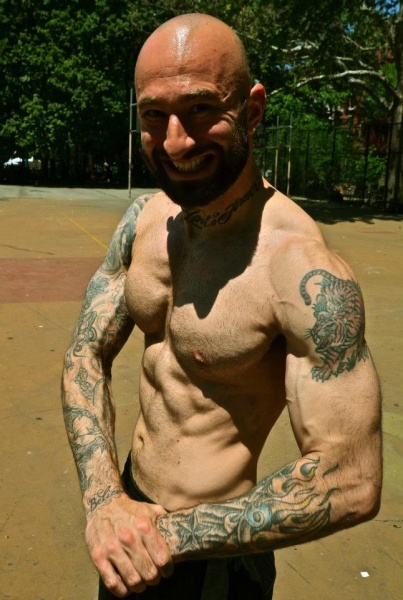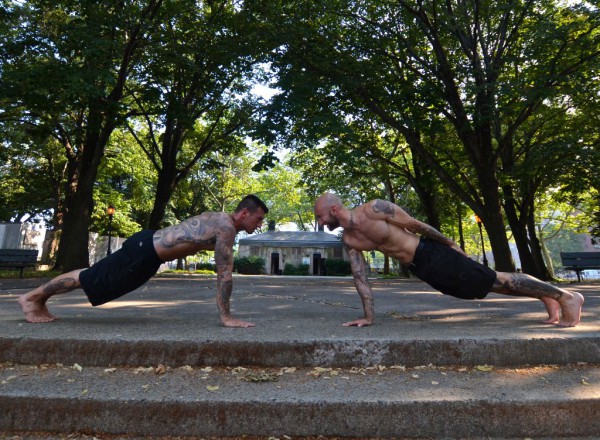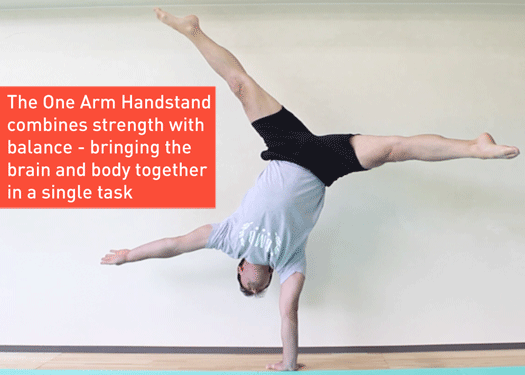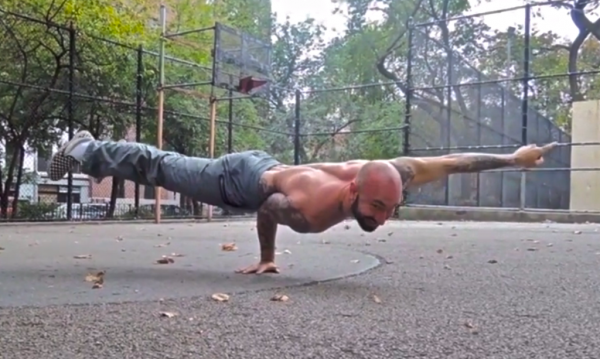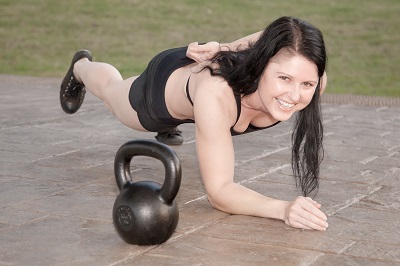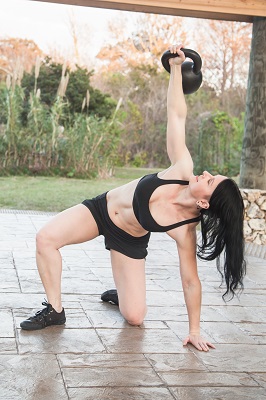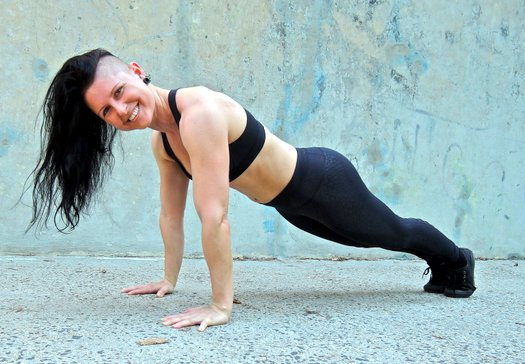
One of the many things I enjoy about teaching at PCC workshops as a Senior PCC Instructor is helping people get past where they’ve been “stuck” on a given progression. This is also very rewarding with my own clients at home, but since I know them so well, it’s a bit easier to predict where they are having trouble. With a room full of new people—most if not all of who are very physically accomplished—the task of helping them troubleshoot their progress takes on a new level of difficulty. And since I don’t know them very well, what I like to do is to help them determine where the “sticking point” really is, and why the problem is occurring.
From there it’s much easier to figure out what needs work. The bigger hope is that by going through this process, the attendee will learn how to evaluate their own future issues and be able to do the same thing for their clients!
Some of the most enjoyable moments at a PCC workshop surround the privilege of watching the “light bulb” come on for someone. While most of the time people assume that someone can’t do a move just for a lack of strength, this isn’t always the case. Other sticking points can be related to coordination, mobility, an unfamiliar movement pattern, a lack of proprioception in a new position (upside down!), fear, or any number of very mental reasons.
The following are a few examples of successful troubleshooting, and the train of thought in each. The first and last are from my own struggles, the middle two are from a recent PCC Workshop. Hopefully these examples will give you ideas to try in your own practice, and if you’re an instructor, with your clients or students.
To Me, There Was a UNIVERSE of Difficulty Between These 2-3 Steps
I am still very much in pursuit of a feet together, straight-leg, full on, no excuses, held for time, press flag. Mainly because you just don’t see women do them, or if you do, it’s in the context of an extreme straddle position, which while it is still very impressive, is not nearly the feat of strength I want to demonstrate. Watching Al and Danny pop up into the human flags at will, and at length at any PCC workshop inspires an incredible amount of very motivating envy.
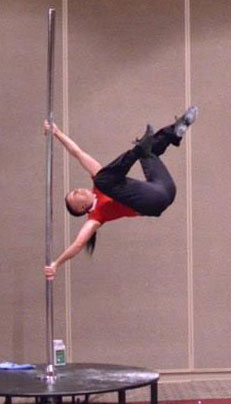
Having conquered the clutch flag, which I can do on any given day, for time, reliably, and have now coached tons of other men and women to do, I originally approached the press flag with a false sense of security. I took to the first step of “support press” rapidly, and the same with the press hang. Though it took a whole lot of practice to feel comfortable with that unusual grip. I studied the photos in Convict Conditioning Vol 2 a bit obsessively, I watched videos. I found video of a woman in Russia who does not seem to be affected by gravity, but by watching her, gained a LOT of knowledge. I even went so far as to attend a couple “pole fitness” classes (stop laughing) and quizzed some of their most advanced teachers and students about that unusual and at first very not-secure-feeling grip.
While I could do the press hang, and was even able to lift my feet (legs straight and together) reasonably high off the ground after a while, when I tried to kick up into that overhead vertical position to come DOWN to the press flag, some part of my body was putting on the brakes. Suddenly, my grip seemed unsure, just thinking about kicking up with that much force was making my palms sweat right through my trusted “secret weapon” known as “liquid dry hands”. What was going on?
“Just kick up really hard,” the guys said. Then I realized something very significant. While I don’t like to make training very “gender specific” this is one area that’s of obvious concern—center of gravity! Guys typically will have their center of gravity within the upper body (and closer to the pole on a flag) than women who typically will have a lower center of gravity around the hips. That’s certainly the case with me. This explained why kicking hard enough to get my hips high enough to be over my head was causing a little mental distress.
Here’s what I did over the period of several weeks:
- Increased my confidence in the necessary grip by practicing it more and more, even just hanging there!
- Practiced the kick-up with and without the grip being in question. I found some bars that were parallel (think gymnastic stall bars, or a welded-in-place ladder) and allowed me to wrap my hands fully around this neutral grip. With increased confidence in this practice grip, I felt ok enough about really LAUNCHING myself into the air at nearly full force! From there I was able to dial back and learn exactly how hard I’d need to kick up.
- I put it all together and was finally able to kick up while gripping a pole, and stay up there with my feet pointed towards the ceiling. Eventually I became comfortable enough with this that I could find the places where the leverage was and was not so favorable, and found the next areas of STRENGTH I’d need to build up to keep progressing towards the full flag.
She Had All the Strength She Needed…
At a recent PCC, an attendee was obviously more than strong enough to nail an elbow lever, but somehow didn’t know that quite yet. Similar to my own experience with the flag above, we just needed to mentally put two and two together.
First of all, having seen the other moves that this particular attendee could already do, I knew that her abdominal strength was more than sufficient for a great elbow lever from the ground. But, she was struggling on the ground, and having a hard time finding that “floating feeling” balance that’s often a combination of body position and leverage. Fortunately there was a box nearby of nearly the perfect height.
She was able to experiment on this raised platform in two crucial ways that led to two PRs in a row:
- Standing next to the box, she was able to pay close attention to the position of her arms/elbows and her trunk. She was also able to now see how to “push forward” to balance her body on elbows that were not as bent as they might look when others perform the elbow lever.
- Once the arms/elbows/chest were in the right place, she slowly but steadily was able to bring her legs up from the ground higher and higher. In the time it took to blink, I saw her absolutely nail a perfect elbow lever then hold it—legs perfectly straight. Then, when John Du Cane came by with his camera, she tried it again and held it for so long that no one could believe that this was her second-ever elbow lever!
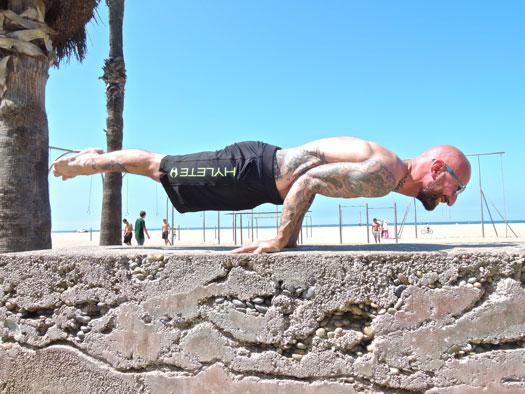
Just be Nearby So I Don’t Feel Like I’ll Fall on My Head
Sometimes all we need is a little confidence or reassurance, and that’s when a training partner, or empathetic instructor can really make a world of difference. This PCC attendee had longed to do a handstand but had a significant amount of fear of falling over—even while using the wall for support. This is very common since we are all much more accustomed to being “right-side up”.
We talked about headstands, crow stands and all those things she was doing very well, then moved towards the wall. What was the issue? Part of it was similar to my own with the progressions towards the human flag. She was afraid of kicking up too hard and falling over. So I got very close to spot (while also being sure not to be kicked), and made her promise to keep her elbows straight.
At first she didn’t kick hard enough, but that first push towards the wall was in itself confidence-building. The next kick was too hard, but no biggie, while staying in communication I helped her steady her feet until she was ready to come down. The next kick up was closer to ideal, and she didn’t need my help at all. She did it again with me nearby once more, then felt confident enough to start practicing them on her own. From that point I saw her do TONS of handstands with the wall during the rest of the breaks that day!
That Elusive Clutch-Lever…
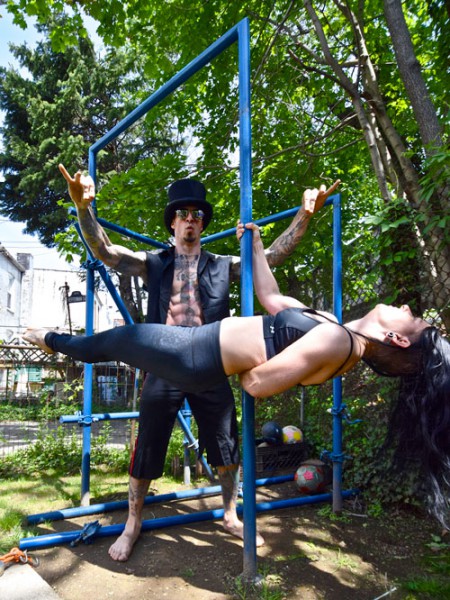
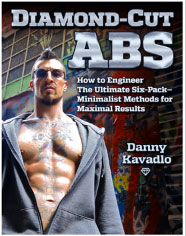
I was very excited to be asked to appear in some photos for Danny Kavadlo’s upcoming book Diamond Cut Abs, and of course wanted to be in as many cool photos as possible. When they first described the photo seen above, I wanted to make sure it happened no matter what. Of course it involves the clutch lever and holding it for a bit, so that the synchronized “acting” Danny is doing in the photo would have the desired effect in the photo.
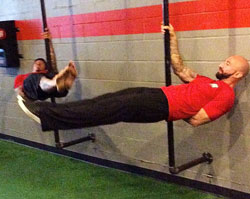
There was just one problem, for some reason I just couldn’t get the clutch lever move that day. I’d done it at home several times, I’d done it after a PCC workshop ages ago when we were all just hanging around, playing with moves and socializing. Today was NOT my day. I was frustrated with myself, and was doing a mediocre job of hiding it. So as we stood there troubleshooting it, I kept applying my secret weapon “Liquid Dry Hands” while listening intently to Al and Danny.
Then Al popped up and did one. Sure enough, right after seeing him DO a clutch lever, the move mentally clicked into place for me. BOOM. I had it. At least that time, but the timing of the photo was off, so we had to do it again, and again, and I started to stop being able to do it. I said, “Al!!! Do it again!” I needed another dose of “monkey see, monkey do” and sure enough, I could do it again. And we got the shot. It’s one of many very cool photos in Diamond Cut Abs which is a really fantastic book. Can’t wait to see it all in print!
The take-home conclusion from this odd “monkey see, monkey do” situation was simply that I needed to spend more time on this move, to really fit into it and understand—mentally and physically—where I am in space, and how to reliably replicate that feeling on the spot. The prescription = more practice.
How did you move past a sticking point? Have you discovered a special “micro step” of your own? Please share it with us in the comments below!
***
About Adrienne Harvey, Senior PCC Instructor, RKC-II, CK-FMS, Primal Move Nat’l Instructor: Originally RKC Certified in 2010, and RKC Level 2 certified in 2011, kettlebell and bodyweight training have been crucial in Adrienne’s personal quest for fitness. A core member of the PCC team, Adrienne loves sharing her knowledge with small groups and individuals. She also loves to develop recipes and workout programs to further support performance, body composition, and of course—FUN. Go to http://www.giryagirl.com for more information about Adrienne!

